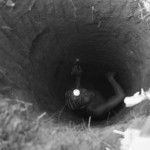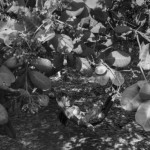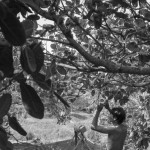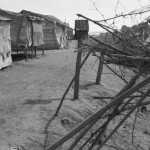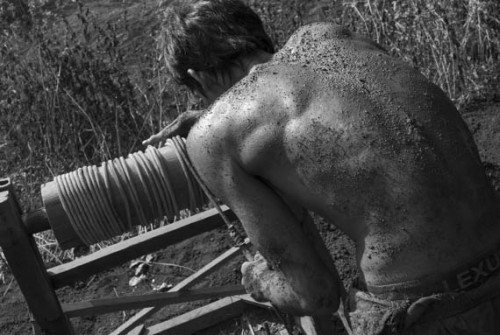Three Rivers Dams (4)
Just before Bar Kaev, not that far from Banlung on the smooth tarmac road to Vietnam: take a left on the dirt road, then a second left. There is a cashew nut plantation there. It is not big. It covers just a very small part of the thousands of hectares of cashew nut trees or rubber trees which have replaced thousands of hectares of forest (30% of Cambodia’s primary forest was lost between 2000 and 2005 -check this Global Witness report on illegal logging in Cambodia). Underneath the shadow of the cashew nut trees people are digging narrow one meter wide pits, hauling buckets full of red soil supposed to conceal rubies and sapphire. Most of the miners are landless, coming from various parts of Cambodia, trying their luck at a job where the work is hard and the rewards are meager. They dig. Find what is to be found, which is not much, and when the soil is empty they move somewhere else and dig more. Always on someone else’s land. They either pay the landowner a fee or they have to sell him what they found.
There doesn’t seem to be a direct connection between the gem miners and the Three Rivers Dams. But it all fits into a global scheme of development and its after shocks, as it is the reckless development which often renders people landless. Even though the social impact of populations migrating to Ratanakkiri province is less obvious than the construction of the dams themselves or the economical land concessions granted to companies (check out this interactive map put together by LICADHO here or download this .pdf report about land concessions put together by LICADHO and ‘The Cambodia Daily’ here), it certainly contributes to an overall change in the structure of society, as it augments the vulnerability of the indigenous populations even more.


